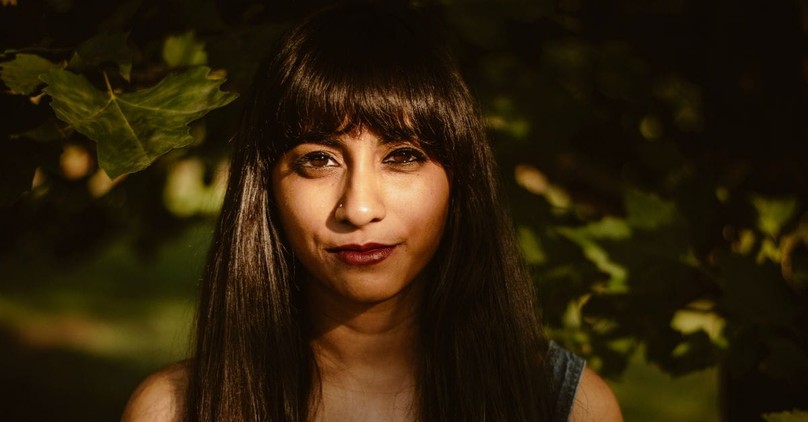
Why is it that we often only see the “bad parts” of different people groups?
For example, if a neighborhood is predominantly a different skin color than our own, we can be quick to label that area as “unsafe” or, worse, think that the residents are not law-abiding citizens. Many people feel uncomfortable shopping at stores where the majority clientele doesn’t look like them or speak the same language, thinking that the standards must be lower. The same thing could be said for schools and even churches in neighborhoods of other cultures.
Sadly, as it pertains to the topics of race and culture, each of us comes to the table with our own fears, stigmas, and stereotypes, and the consequences are deadly. Our negative view of the other causes factions, divisions, and strife between people across ethnic and national lines. We mistrust, judge and misuse each other. We ostracize instead of accept people with different skin colors; we isolate instead of embracing different cultures; and we speak ill of the other instead of loving, appreciating, and understanding one another.
This is a far cry from God’s heart for all peoples.
Photo Credit: Unsplash/Sai Maddali
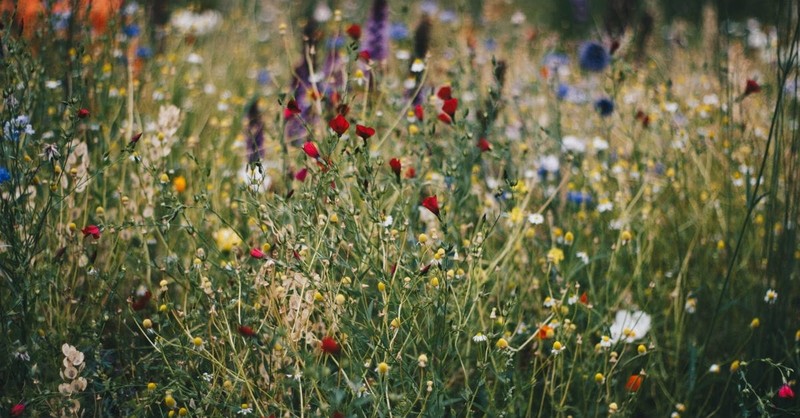
"Why did God make so many people groups?"
God intentionally created people to be diverse. There is a drive and a purpose behind why so many people groups with so many different skin colors, languages, traditions, and cultures exist. But what is it? Why did God make so many people groups? What are we supposed to see in his design for diversity? And how would our perspective and even attitude change if we focused on the beauty of God’s design for diverse cultures instead of letting negative stereotypes guide our heart and our discussions?
Photo Credit: Pexels/Kristina Paukshtite

1. God’s Intentionality in Diversity
First, God intentionally designs people to be diverse. The existence of different people groups is no accident, and the proof of this can be traced all the way back to the creation account in Genesis 1 & 2.
Speaker, Dorena Williamson, and celebrated author of Colorfull, tells us how “we see God’s intentionality in a diverse creation bursting with vibrant colors.” I love Dorena’s description because it’s not people alone who God creates with an inherent diversity, but the whole world with all its flora and fauna, sea creatures and mammals, birds of the air and the trees! There is nothing on this green earth that is made to be monotone, simplistic or singular.
Trillia Newbell’s wonderful children’s book, God’s Very Good Idea, has reminded me of this lately. God could have made only one type of fish; He could have created all the trees on this earth to be oaks; He could have made all peoples to have just one skin color; but He didn’t and that was on purpose.
Photo Credit: Unsplash/Craig Lovelidge
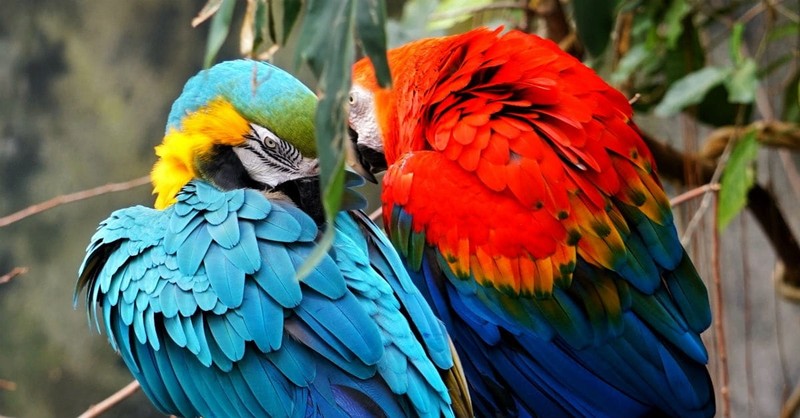
"...the goodness of each species is found in its complexity."
There is something special, something beautiful, and something unique about God’s creative design in creation. His intentional design with all its colors is to display the beauty of His creation, and this beauty, He says, is good. Whether God is making bright-colored birds that “fly above the earth across the expanse of the heavens” (Gen. 1:20) or thereptiles that “creep on the ground” (Gen. 1:25), the goodness of each species is found in its complexity.
Photo Credit: Unsplash/Zachary Spears

"...let us praise God for His intentional design."
God has always intended for there to be diverse peoples on this earth. His creation of different people groups displays a marvelous beauty, it reflects His glorious creativity, and this is very good. As it says in Genesis 1:31, when He makes man and woman, God steps back, “saw everything that he had made, and behold, it was very good” (Gen. 1:31).
Thus, when we see people of other cultures, let us praise God for His intentional design. Let us thank Him for making someone that does not look like us or speak like us or live like us. No one is inferior or superior here. Rather, God’s intent was to create a diverse and equal flourishing of all peoples, and our heart should seek out this flourishing as well.
Photo Credit: Unsplash/Miguel Bruna
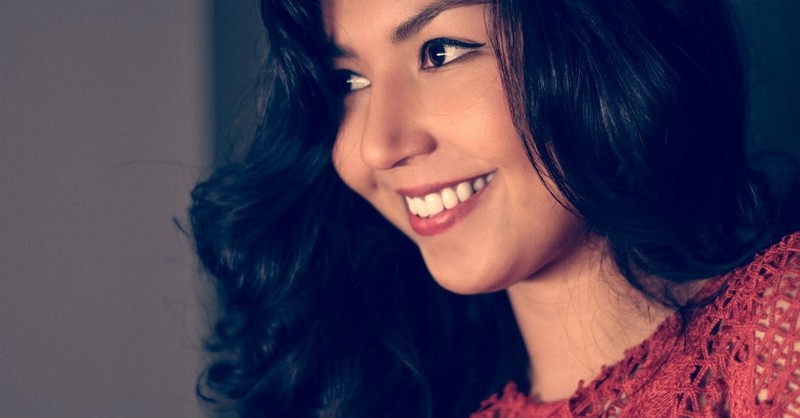
2. God’s Reflection in Diversity
Second, the scope of human diversity reflects the vastness of God.
We are all made in his reflection; we are His image bearers. Genesis 1:26 states, “Then God said, “Let us make manin our image, after our likeness.” God made every single person to have His likeness and, as such, every different culture, with its unique bodies, voices, thoughts, and actions are all to be equally valued and praised. Each one has inherent dignity and worth because they have been made with the Imago Dei. Every human being, regardless of skin color, ethnicity or heritage, reflects a piece of God himself, and this truth must ground our thinking about diversity. The way we see the rich and vibrant vastness of our God – His size, His essence, His heart – on greatest display, beyond the dazzling wonders of His natural creation, is in the people He created.
Photo Credit: Unsplash
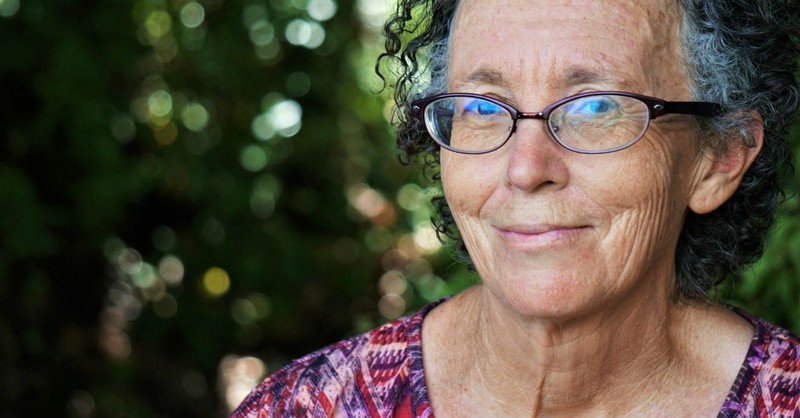
"He desires for us to learn from others..."
So, if we reject someone else because of their appearance or their culture, we are rejecting a piece of God as well. This reality should make us pause and reflect. God doesn’t want us to change people to conform more to our own way of thinking or lifestyle. Instead, He desires for us to learn from others and, in doing so, gain a better understanding (and, more importantly, appreciation!) for how God created them to think, act and feel; for perhaps in learning through the eyes of another, we also see more clearly through God’s eyes as well.
Photo Credit: Unsplash/Anthony Metcalfe

"...embrace, learn from and celebrate each other..."
This also means that we don’t criticize, minimize or make fun of cultural differences. This too would mean making fun of something God has created. It means that we don’t exclude the other or create divisions between ethnic people, be it within the walls of the church, our home, or the public at large, in which we try to exert our class, power, authority, or notions of leadership over them. In doing so, we are saying that we reject God’s design for all peoples to reflect the beauty of His image and all its complexities.
If we, as believers, want to get serious about seeing people of other cultures as a reflection of God himself, then we need to not just be ok with differences between people groups, but embrace, learn from, and celebrate each other too.
Photo Credit: Thinkstock

3. God’s Mission in Diversity
Finally, God desires all peoples to be united in Christ. He desires for the gospel to unite a peach-skinned man with his brown-skinned brother and to unite an olive-skinned sister with her brown-skinned neighbor. In other words, God’s mission is for all the peoples of the earth, who He created, to find unity in their diversity through faith in Jesus Christ. This is the church.
Pastor John Piper, in his article, “Why Christians Love Diversity,” describes this mission well when he writes, “What seems to be missing among many Christians, is a solid biblical conviction that ethnic diversity in the church is a beautiful thing, and part of God’s ultimate design for His people.” Piper also goes on to say that there is a beauty and power that comes from a diverse church. For in our diverse forms of worship and praise, His worth is on greater display and His glory is made fully manifest. That is an incredible truth, is it not?
Photo Credit: Pexels/Bruce Mars

"...may this desire cause our hearts treasure diverse peoples..."
What if, when we see a person of a different skin color, our first thought was not one of prejudice, but rather praise? What if, when we meet a person who speaks a different language, our first desire is to be joined together in faith as opposed to actions that further divide?
May we have such a great desire to worship our God and give Him all glory, praise and honor, and may this desire cause our hearts treasure diverse peoples and see them as potential fellow worshippers.
Photo Credit: Unsplash

"The more we see the beauty in God’s diversity, the greater the impact we will have...in seeing a richer picture of God himself..."
In conclusion,God created beauty in diversity. We cannot achieve racial solidarity until we first come to see, experience, and delight in the beauty of God’s diverse peoples. This is because our perspective impacts our actions. We cannot make positive, love-filled, kingdom-centered actions if we see people of different colors, ethnicities and cultures in negative, demeaning, and judgmental ways. It will be impossible to see a person of a different skin color as beautifully and wonderfully made if you primarily see them as a threat or abnormal. The more we see the beauty in God’s diversity, the greater the impact we will have in delighting in His created order, in seeing a richer picture of God himself, and in building God’s kingdom right here and now.
Michelle Reyes, PhD. is pastor’s wife, literary scholar, and momma of two littles. She is a regular contributor for Think Christian, (in)courage and Austin Moms Blog, where she writes on faith, family, and diversity. Michelle helped plant Church of the Violet Crown in Austin, Texas in 2014—an urban, multicultural church where her husband, Aaron Reyes serves as lead pastor.
Photo Credit: Unsplash/Serrah Galos
Originally published Thursday, 06 September 2018.









